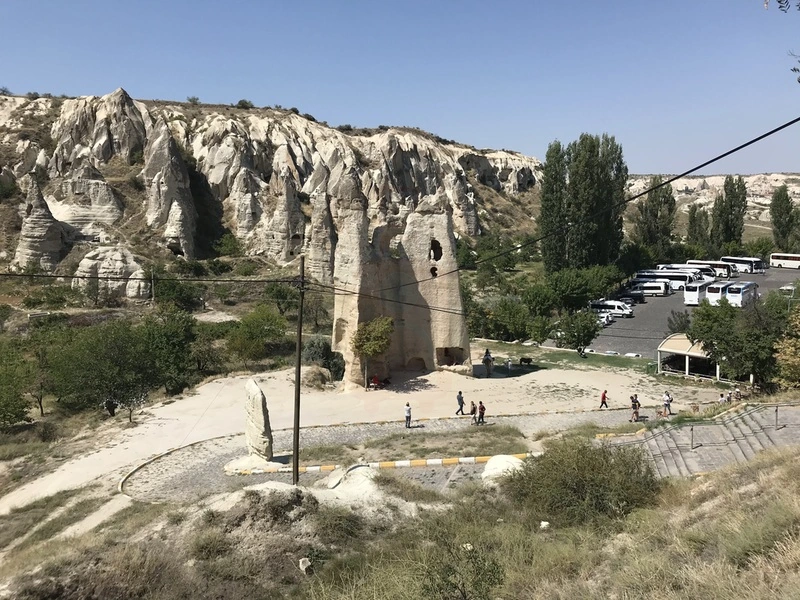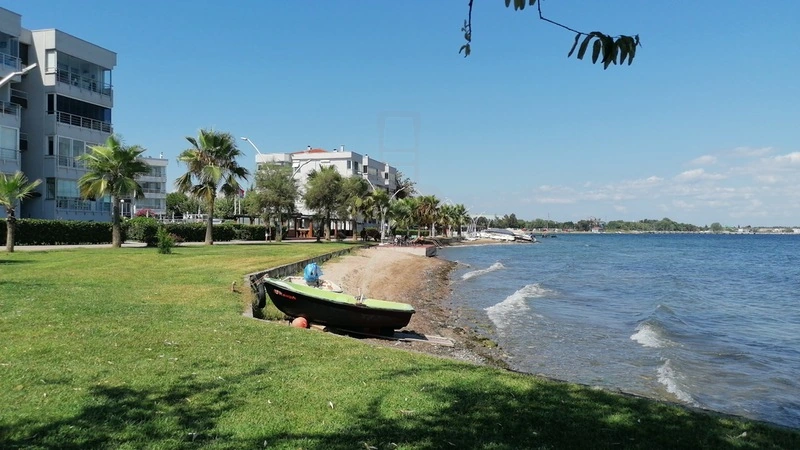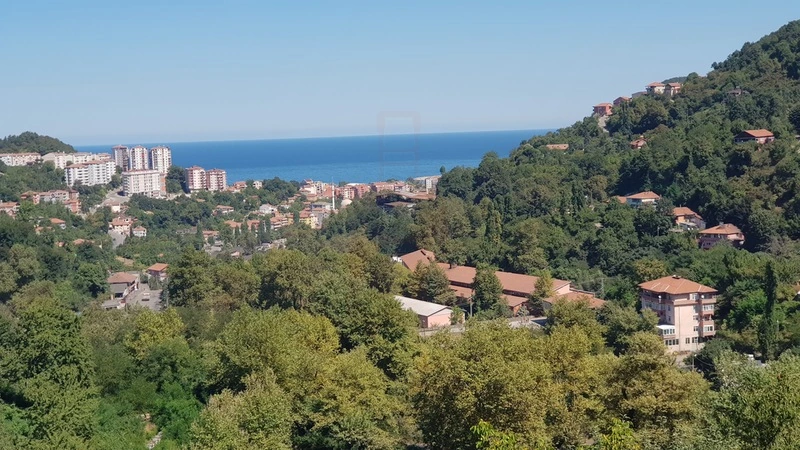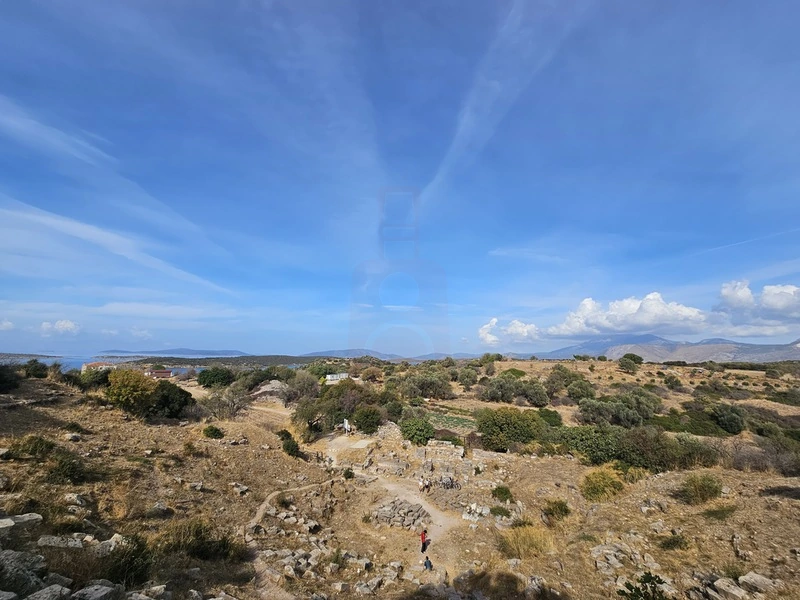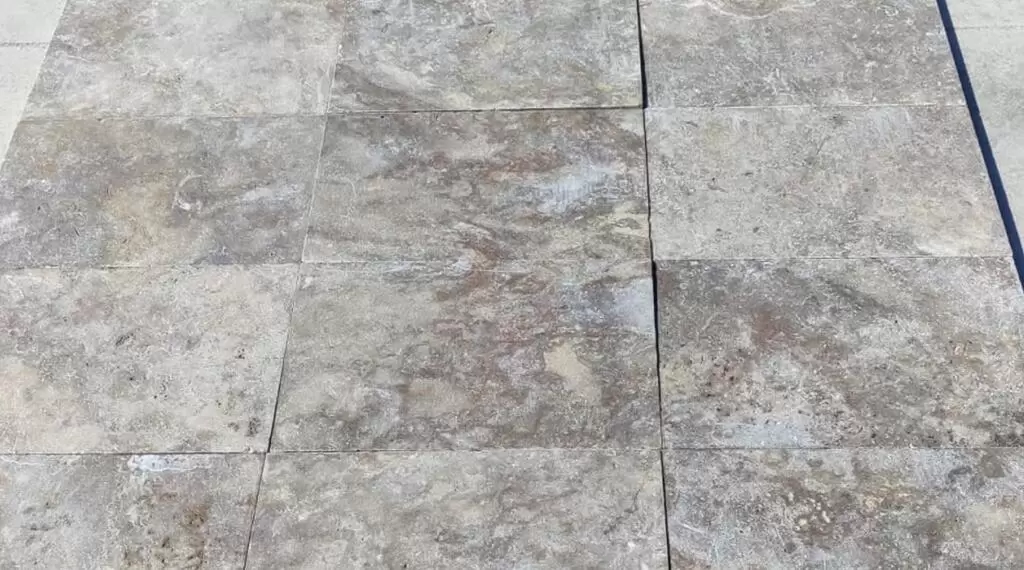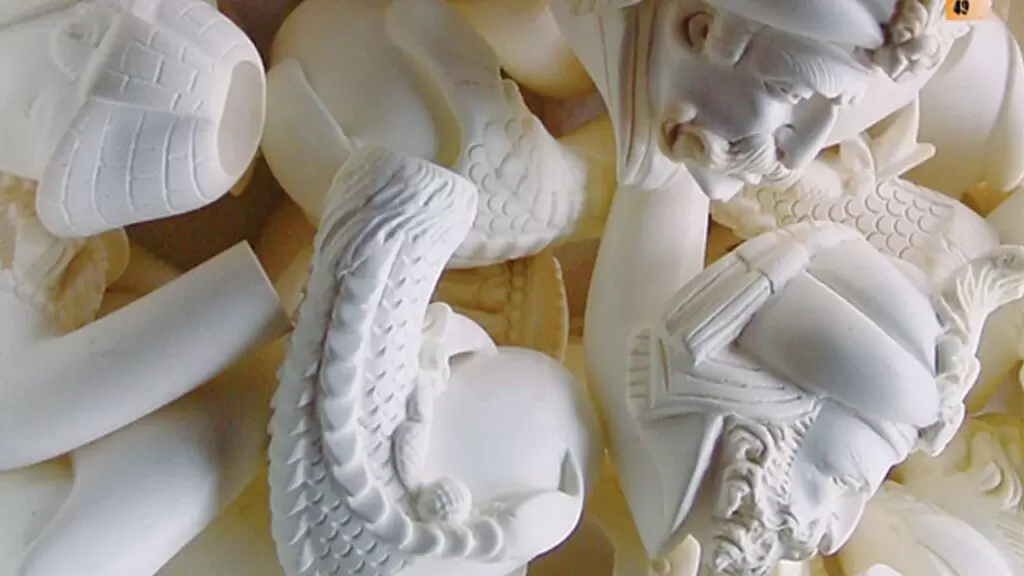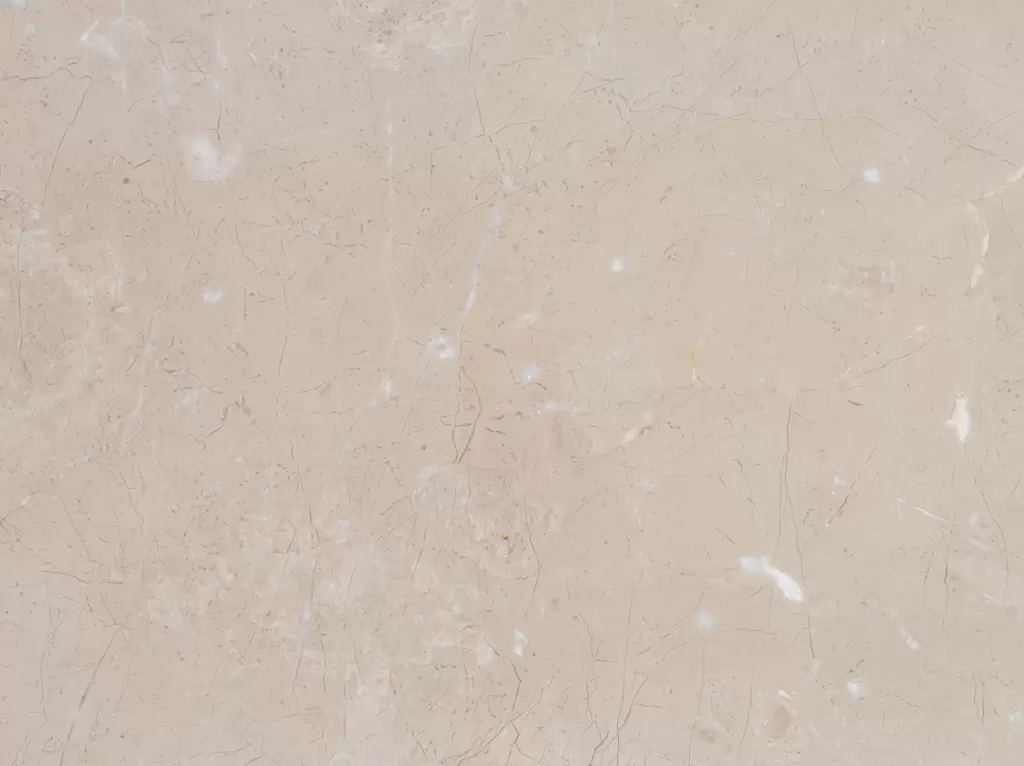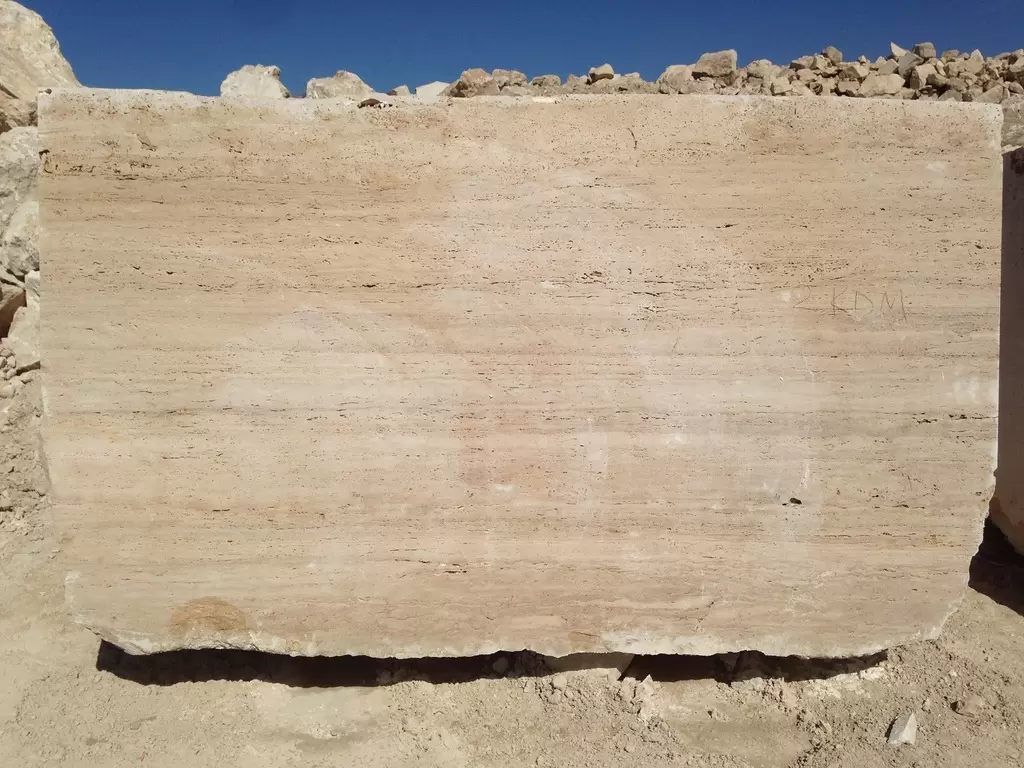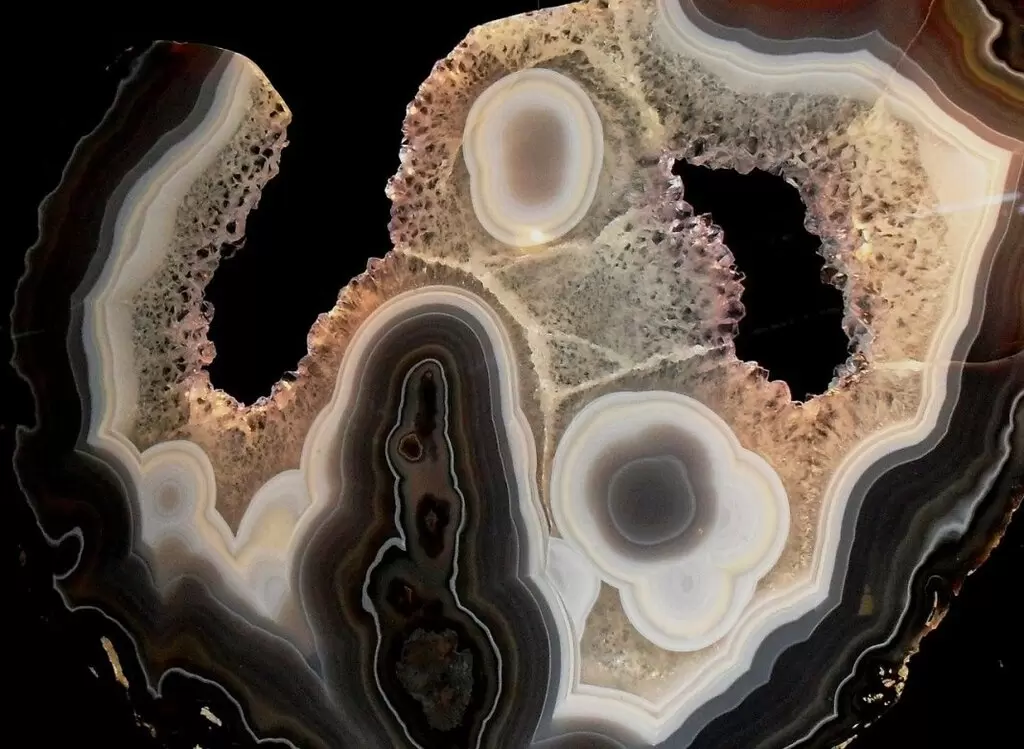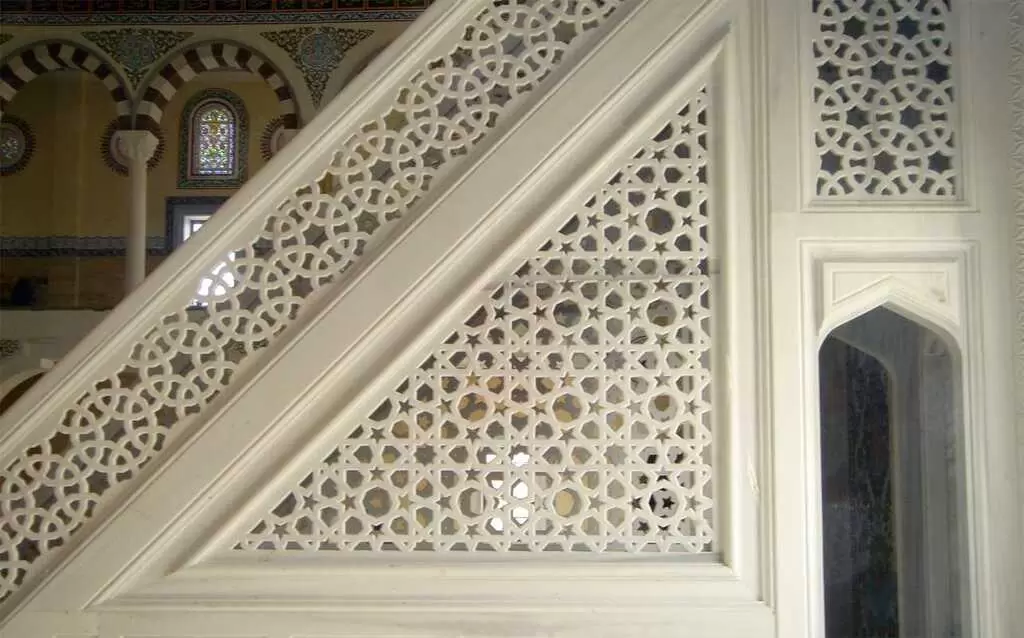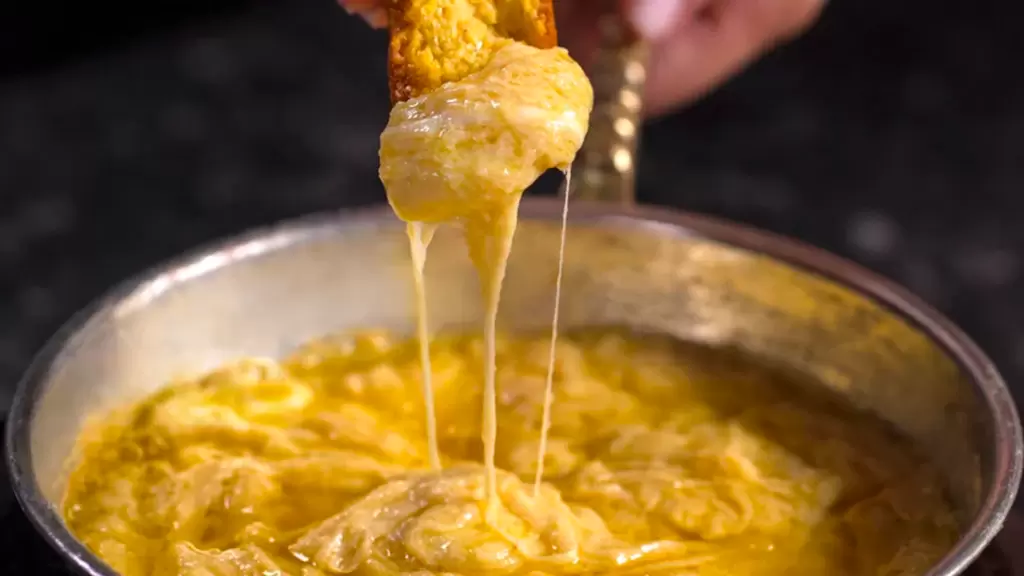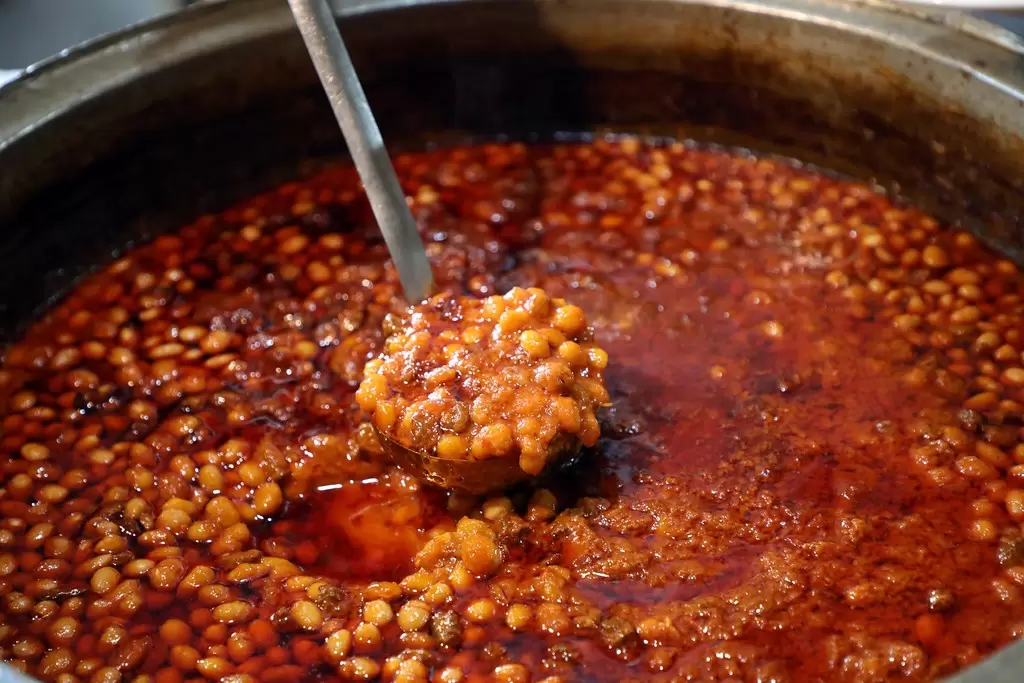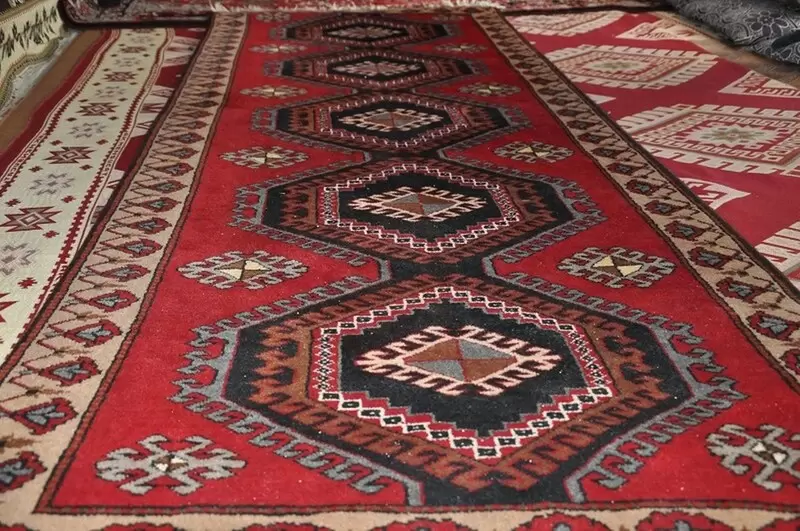
Akçadağ Carpet is a traditional handwoven textile from Turkey, known for its vibrant colors, intricate motifs, and cultural significance. These carpets, woven in the Akçadağ region, are a testament to the artistry and craftsmanship of the local weavers, passed down through generations. Each Akçadağ Carpet is a unique expression of regional culture, blending natural materials, traditional techniques, and symbolic designs.
Distinctive Features
-
Natural Colors and Materials
Akçadağ Carpets are characterized by their vibrant colors, with red being the dominant shade. Other common colors include black, navy blue, yellow, green, and white. The colors are achieved using natural dyes made from roots and other plant-based materials, ensuring longevity and an organic look. Great care is taken to preserve the wool's natural color whenever possible, emphasizing authenticity and sustainability. -
Intricate Motifs
The designs on Akçadağ Carpets are inspired by the local environment, including flora, fauna, and everyday objects. These motifs carry cultural and symbolic meanings, reflecting the beliefs and traditions of the community. Common motifs include:- Ram’s Horn (Koç Boynuzu): Symbolizing strength and fertility.
- Tree of Life (Hayat Ağacı): Representing growth, vitality, and connection between realms.
- Geometric Patterns: Such as stars, diamonds, and baklava shapes, often used for aesthetic balance.
- Floral and Plant Motifs: Stylized representations of flowers and vines, signifying nature and beauty.
- Water Path (Su Yolu): Symbolizing life and continuity.
- Hand-on-Hip (Eli Belinde): Depicting femininity and fertility. These motifs are either woven from memory or copied from existing designs, showcasing the weavers’ creativity and skill.
-
Composition and Layout
The carpets have a distinctive compositional structure, arranged from the outer borders to the central medallion. The design typically includes:- Outer Narrow Borders (Dar Kenar Su): Often adorned with linear motifs.
- Inner Wide Borders (Geniş Su): Featuring more elaborate geometric or stylized patterns.
- Central Medallion (Göbek or Göl): Filled with intricate geometric or floral designs, often layered with star-shaped patterns or symmetrical arrangements. These compositions are carefully planned to maintain balance and harmony, often incorporating both geometric and botanical themes.
-
Handwoven Craftsmanship
Akçadağ Carpets are created on traditional looms using hand-spun wool threads. The process is entirely manual, from spinning and dyeing the wool to weaving the intricate patterns. The weaving requires patience, precision, and a deep understanding of the craft, making each carpet a unique and high-quality piece. -
Symmetry and Stylization
The carpets often display symmetrical designs, reflecting the weavers' skill in maintaining balance and proportion. Stylized patterns simplify natural elements like flowers, animals, and tools into abstract forms, blending functionality with artistic expression. -
Cultural Significance
Akçadağ Carpets are deeply rooted in the region’s traditions and lifestyle. Historically, they served as functional items for homes and ceremonial gifts. Today, they are prized for their cultural heritage, artistic value, and as a means of preserving traditional weaving techniques.
Production Process
- Wool Preparation: Wool is sheared, cleaned, and spun into threads. Natural dyes are used to color the yarn, with great care taken to achieve vibrant and lasting hues.
- Design Planning: Motifs and compositions are selected, often inspired by local traditions or existing designs.
- Weaving: The carpet is woven on handlooms, with each thread meticulously placed to create the intricate patterns.
- Finishing Touches: The carpet is trimmed, washed, and inspected to ensure it meets the highest quality standards.
Modern Relevance
While rooted in tradition, Akçadağ Carpets have found relevance in modern times as decorative items, collector’s pieces, and cultural symbols. Their timeless appeal, coupled with sustainable production methods, makes them a sought-after choice for those appreciating handmade artistry and eco-friendly products.
Conclusion
The Akçadağ Carpet is more than a textile; it is a living embodiment of the region’s culture, history, and craftsmanship. Its vibrant colors, symbolic motifs, and meticulous handwoven quality make it a standout example of Turkish artisanal heritage. Visitors to Akçadağ can witness the skill and artistry involved in creating these masterpieces, gaining an appreciation for a tradition that continues to thrive in the modern world.




